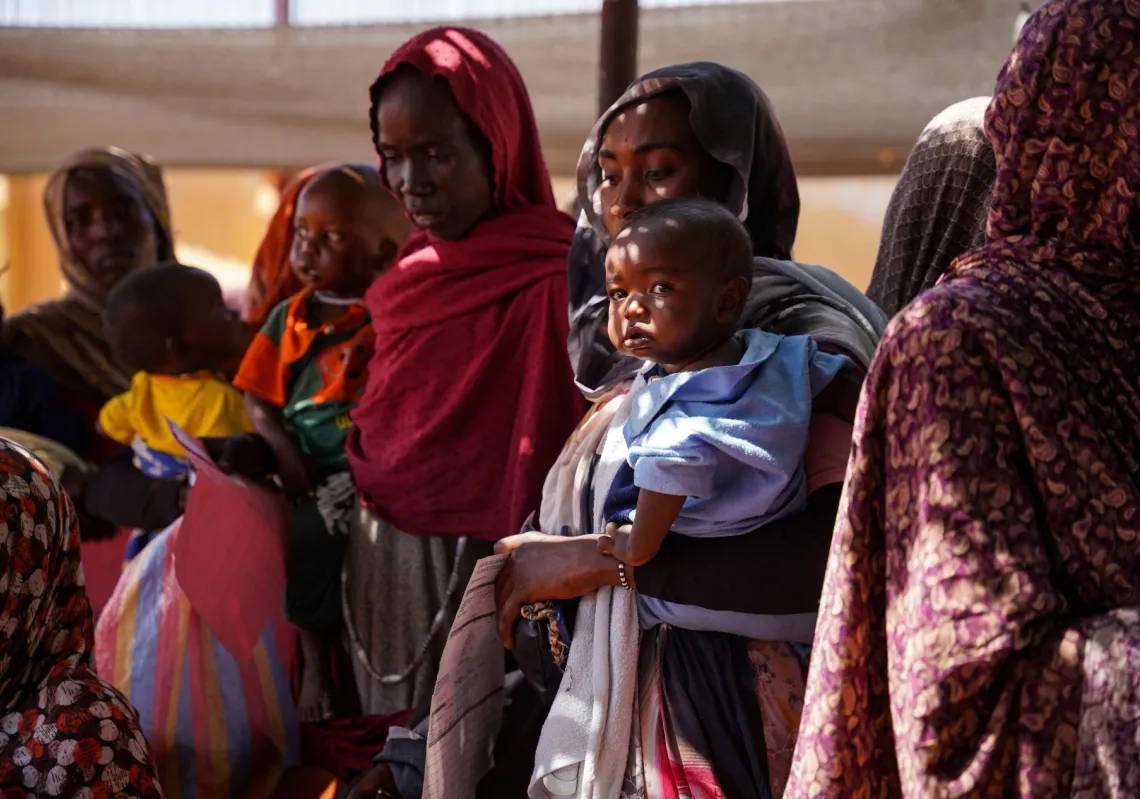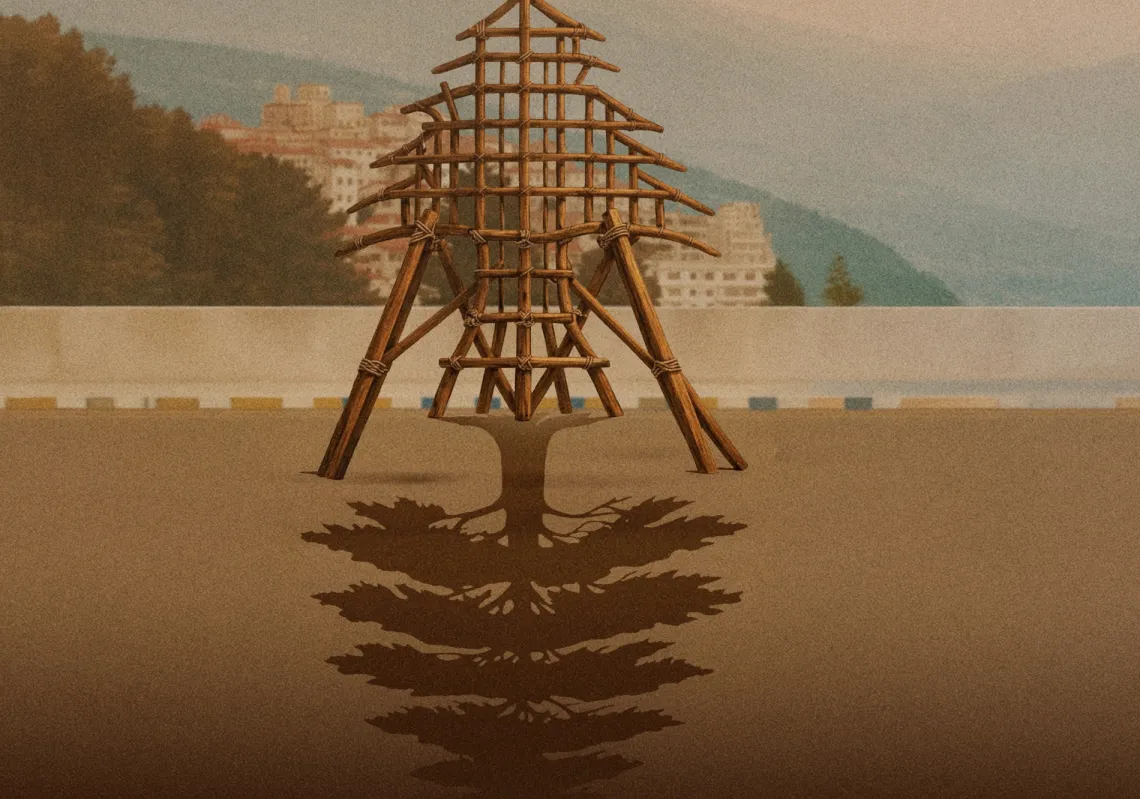Around 700km southwest of Riyadh, Al Faw has become Saudi Arabia’s latest site to be added to the World Heritage List kept by the United Nations Educational Scientific and Cultural Organisation (UNESCO). Its inclusion follows half a century of excavations at Al Faw, the capital of the first Kindah kingdom, with houses, markets, roads, cemeteries, temples, and water wells all discovered.
Al Faw is believed to date back around 2,500 years, but the 2,807 graves that have been discovered here have been classified into six groups representing different historical periods and there is evidence of human settlement as far back as the Neolithic period 8,000 years ago.
Al Faw was first unearthed by archaeologists from King Saud University after being obscured by the sands on the edges of the desert for centuries at the intersection of the Wadi al-Dawasir governorate and the Tuwaiq mountain range. Its discoveries, led by the late pioneering archaeologist Dr Abdulrahman al-Tayeb al-Ansari, can help teach the world about a vital era of history on the Arabian Peninsula and a time of religious tolerance in the region.

Forgotten by history
Also known as Qarya or Dhu Kahl, meaning the city of the God Kahl, Al Faw appears in ancient texts dating back from five centuries before Islam. It was also referred to as al-Hamra or Dhat al-Jinan.
Sometimes described as a village, Al Faw was significant as the capital of the Kingdom of Kindah for a span of eight centuries—its golden age—from the fourth century BC to the early fourth century AD. Ansari highlights its importance in a study called The Village of Al Faw: City of Temples.
A 3km site along Khashm Tuwaiq, Al Faw faced attacks from the kings of Sheba and Dhu Raydan, as documented in Sabaean texts from the late 2nd century to the late 3rd century AD. Imru Al Qais later visited it on his way to Najran in 328 AD, during which the ruling Madhhaj tribe sought refuge there. Despite its significance, Al Faw faded from history and was only briefly mentioned during the Islamic era by al-Hamdani in his work The Attribute of the Arabian Peninsula.
The first modern mention of Al Faw came from St John Philby, a British explorer who wrote about it in the Royal Journal of Geography. Henry Field, an American anthropologist, also documented it as part of a project set up by Saudi Aramco to study prehistoric Saudi Arabia.













